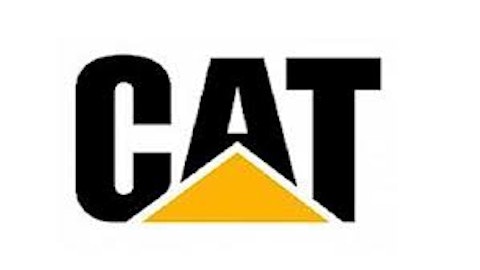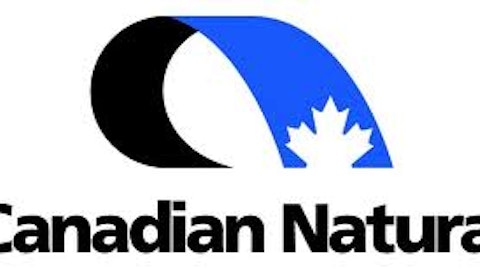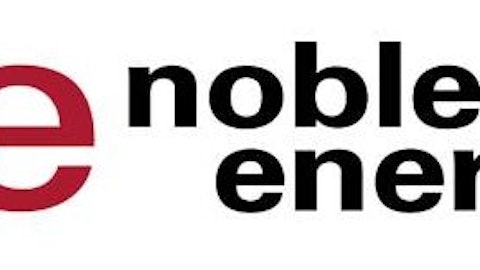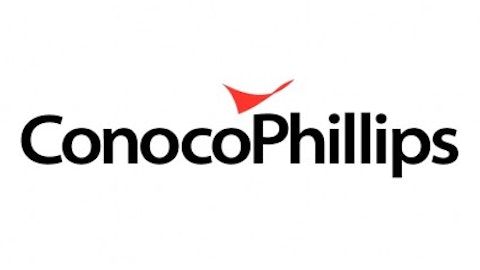No one likes getting left behind. In the case of a company, though, getting left behind can potentially mean closing up shop. This past quarter, several exploration and production companies boasted higher domestic production, but Occidental Petroleum Corporation (NYSE:OXY) got left behind as it’s domestic numbers dropped by 8,000 barrels of oil equivalent per day. Let’s take a look at what happened at Occidental Petroleum Corporation (NYSE:OXY) and see if it can catch up to its peers.

Source: Chesapeake Energy Media Relations
The power of price
Looking at the discrepancies in Occidental Petroleum Corporation (NYSE:OXY)’s domestic production, you can see that 5,000 of that drop was actually from natural gas production. Like many other companies in the domestic and production business, the dip in gas prices have had a significant impact on capital expenditure decisions. 47% of Occidental Petroleum Corporation (NYSE:OXY)’s domestic gas production comes from its assets in the Hugoton, Piceance, and Williston basins.
Conversely, these regions only represent 10% of domestic oil production. As gas prices sank, the company decided to dedicate more of its capital spending program in its more liquid strong assets in both California and the Permian Basin. In both of these regions, year over year production increased by 13,000 barrels per day.
In fact, this trend of lower gas to raise oil and NGL volumes was pretty consistent across Occidental Petroleum Corporation (NYSE:OXY)’s peers. Devon Energy Corp (NYSE:DVN) and EOG Resources Inc (NYSE:EOG) both saw natural gas volumes drop at the expense of increasing oil and NGL production. The one distinct difference is that these companies saw much larger production increases for oil and NGL.
| Company | Domestic Oil and NGL production (in thousand barrels per day) | Change year-over-year | Domestic Natural gas production (in million cubic feet per day | Change year-over-year |
| Occidental Petroleum | 338 | 4.9% | 792 | (6%) |
| Devon Energy | 188.4 | 28.9% | 1,969 | (4.1%) |
| EOG Resources | 270.2 | 31% | 928 | (15%) |
| Apache (NYSE:APA) | 214 | 37.1% | 860 | 1.8% |
| Anadarko Petroleum (NYSE:APC) | 246 | 5.5% | 2,647 | 4% |
Source: Quarterly earnings press releases, authors calculations
One note to consider with these numbers is that Apache Corporation (NYSE:APA) completed the acquisition of private oil company Cordillera in April, which booted domestic oil production by 18,000 barrels per day. Adjusted for the acquistion the company raised liquids production by 25%.
Location, Location, Location
One of the biggest reasons for the discrepencies in production growth is from the location of each company’s assets. Both Devon Energy Corp (NYSE:DVN) and EOG Resources Inc (NYSE:EOG) assets are in regions with higher initial production rates. EOG gets 42% of all US production from the Eagle Ford formation, and Devon Energy Corp (NYSE:DVN) has 47% of the company’s entire portfolio in the mid-continent region such as the Anadakro basin and the Woodford shale plays.
On the other hand, Occidental Petroleum Corporation (NYSE:OXY) is looking to grow production through its assets in the Permian and California, but these are more mature oil plays that have lower initial production rates. Also, as indicated by Occidental CEO Steven Chazen, the regulatory environment in California means that development plans for California take much longer than other more drilling friendly sates, or as Mr. Chazen put more succinctly “This is not North Dakota”.
The upside of the California region, though, is decline rates are much lower and have a tendency to generate cash for much longer period than the faster, high initial production wells in other shale plays. This is one of he key reasons that Occidental has put so much effort into reducing operational costs. Today, the company spends about $14.17 per barrel of oil equivalent on domestic production, which is a 23% reduction year-over-year.
What a Fool Believes
Occidental has to deal with several issues as the company contemplates spinning off several parts of the company per request of its activist shareholders. One of the issues that it needs to worry less about, though, is its domestic production rates. As the company works through its drilling efficiency program in the Permian and those operational efficiencies spread to other fields, the company should be able to grow at a healthy pace that will support its operations.
As investors, though, it would be misleading to view Occidental through the same lens as some of the fast growing E&P companies in the US today. Occidental’s dividend yield of 2.89% is more than a whole percentage point greater than any of the companies listed above, so there is a greater emphasis on returning capital to shareholders at OXY. Keep in mind that a balance has to be struck between expected production growth and return of capital to shareholders, and your investment decision should bring this into consideration.
The article Why is this Company Losing While Peers are Winning? originally appeared on Fool.com and is written by Tyler Crowe.
Fool contributor Tyler Crowe has no position in any stocks mentioned. You can follow him at Fool.com under the handle TMFDirtyBird, on Google +, or on Twitter: @TylerCroweFool. The Motley Fool owns shares of Apache and Devon Energy.
Copyright © 1995 – 2013 The Motley Fool, LLC. All rights reserved. The Motley Fool has a disclosure policy.





